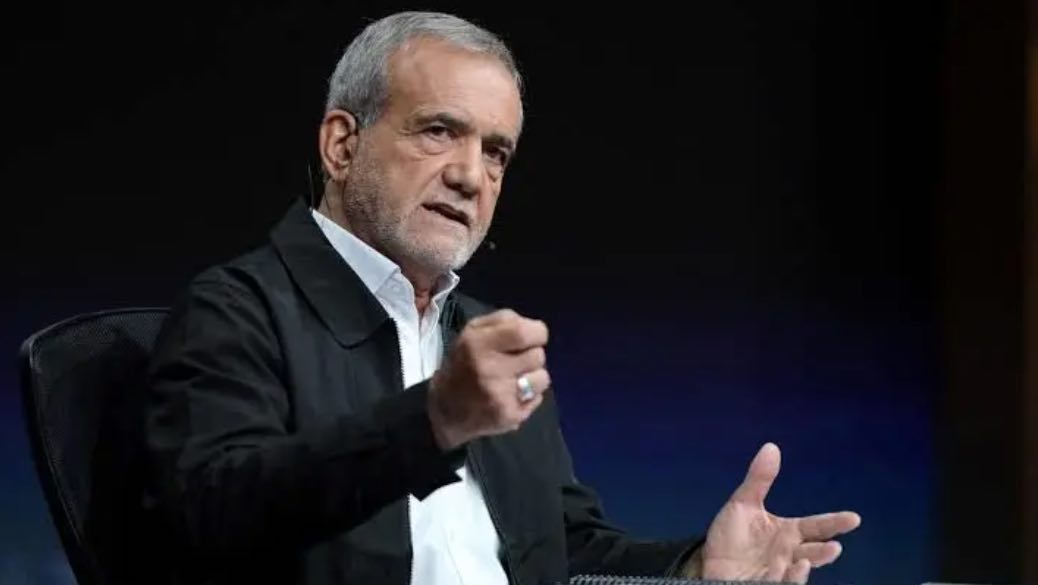Pezeshkian, the Heir of Political Ruin
Pezeshkian, the Heir of Political Ruin
Three months have passed since Dr. Masoud Pezeshkian’s government began its activities. Pezeshkian’s victory in the presidential election was unpredictable for a significant portion of observers. Over the past three years, the course of events was such that even the approval of the candidacy of a candidate close to the reformist front seemed unlikely. Nevertheless, Dr. Pezeshkian’s qualifications were approved, and he succeeded in gaining the majority of votes in a breath-taking election.
The process of selecting the cabinet with the establishment of the Steering Council and various task forces was a new experience that did not meet the expectations of the new president’s supporters. The selection of governors and middle managers of the government also intensified the criticism from the president’s supporters. On the other hand, the new government, on the verge of formation, faced tensions in the international arena, tensions that, if expanded, would thwart the government’s economic slogans.
The government also has limited choices in foreign policy. There is no clear outlook regarding the implementation of some of the president’s other slogans. Despite the successes the government has had in employing women and Sunnis in governmental positions and its efforts to reduce tensions, all the above factors have led to growing despair. This rapid increase in despair indicates the emergence of a new political phenomenon in Iranian society, which, if not taken seriously, will have destructive effects and consequences.
Some political activists attribute this trend to Pezeshkian himself, believing he has retreated from his promises. According to these activists, the president’s personal stance plays a significant role in his appointments and the advancement of his programs. Although the views of the individual in the presidency are influential, reducing all issues to the president is oversimplifying the matter.
Another group considers this issue to be structural and points to the dual nature of power structure in Iran. This perspective, over the past two decades, has done nothing but point fingers at the obvious without offering a solution.
Both of the aforementioned perspectives could be correct, but they fail to provide practical and implementable solutions for Iran’s political issues. One personalizes the issue, while the other merely points to structural problems.
One of the most significant obstacles facing any government in Iran, which leads to political tension, is the position and role of the government. The executive branch has a defined place in Iran’s political structure, but over more than a century, the role and impact of the government as the country’s administrative institution have been questioned. These tensions lead to the proposal of different solutions to resolve the issue.
In his book ‘Political Order and Political Decay,’ Francis Fukuyama attempts to explain how political order is established in a country and how political decay occurs, demonstrating the formation of a balanced political system. He identifies three main components of political order: the state, the rule of law, and accountability.
From his perspective, all societies need states that can generate sufficient power to defend themselves on both foreign and domestic fronts and enforce consensus-based laws. ‘Political Order and Political Decay,’ Rozaneh Publications, 1379, p. 47.
Fukuyama examines in detail the three needs of the state, the rule of law, and accountability, emphasizing that worldwide, we face a shortage not of states but of modern, competent, well-organized, and independent states. p. 47. Fukuyama’s statement relates to Iran’s issue in that while the organization of the state exists, it has been weakened in various forms.
Laws such as the selection and appointment for sensitive positions are among the factors that bind the government’s hands in exercising its powers and prevent the employment of qualified personnel.
On the other hand, the formation of various councils with different powers that are outside the government’s jurisdiction but target the government’s legal powers has increased the existing problems.
The government’s decision-making ability in areas such as foreign policy has also diminished.
In Iran, we are facing a type of political disorder, the most prominent point of which lies in the comprehensive limitation of the government. The state institution must be accountable, but it is also deprived of its legal powers.
This political disorder has become institutionalized, and Pezeshkian’s government is its heir. Reducing the issue to the president or turning it into a duality of power does not solve this problem.
The state institution in Iran needs reconstruction and renovation to be able to correctly fulfill its role in governance and law enforcement. In all countries, influential institutions outside the power and opposition exist, but in Iran, the aforementioned issues have led to political disorder by limiting the state institution.
If there is no view of the state institution as a professional entity for governance, changes in individuals and even discussions about the duality of power structure will not create transformation. The government must be able to use professional forces as a professional entity and engage in policy-making and decision-making in various fields. Efforts to renew the state’s structure and restore it to its original position are a significant step towards solving the problem of political disorder.

